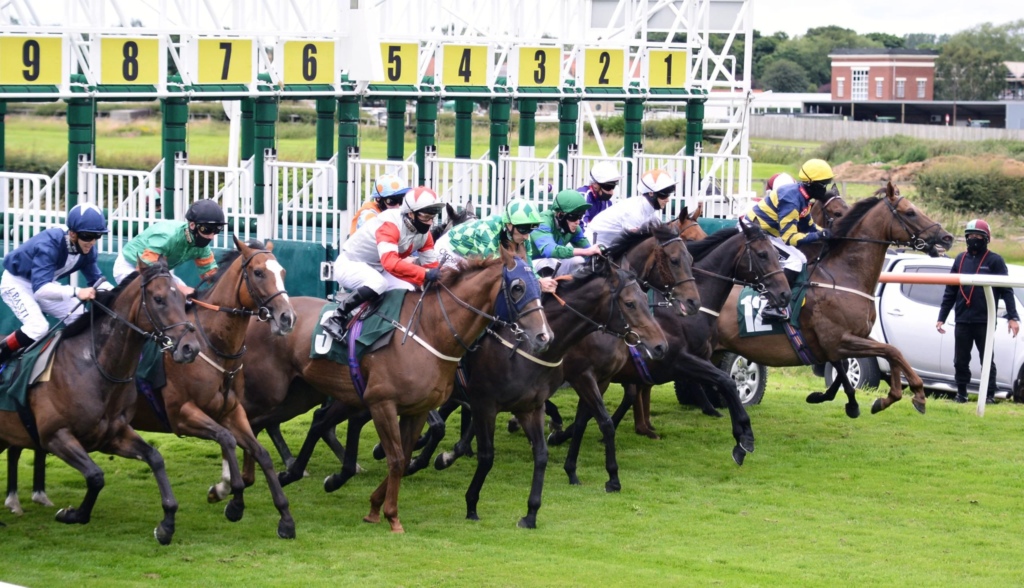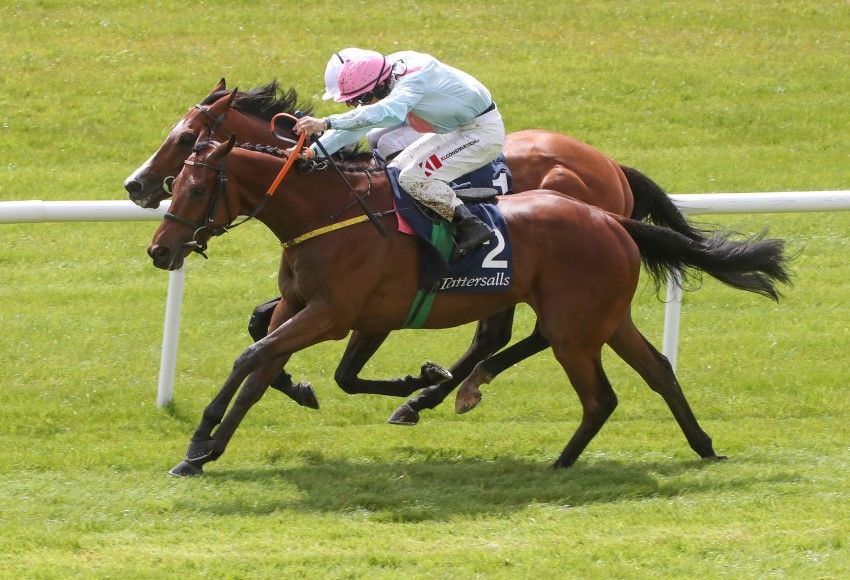The Parade Ring of a Racecourse is an enjoyable spectacle. It is where owners, trainers, jockeys and horses come together to discuss tactics for the upcoming race. It is where the Racing Officials check the horses participating in the upcoming race to ensure that all is in order with the respective horses parading in the ruling. Ten to fifteen minutes before the race, the Clerk of Scales will ring a bell, and the jockeys will mount their horses, receiving a leg up from the respective trainers on whose horse they will be riding. Punters will make their selections for the race, move to the grandstand to watch the horses canter past, and then place their bets.
What is the Jockey Championship? The Flat jockeys’ championship has traditionally been determined by the number of victories ridden between Lincoln Day at Doncaster in late March or early April and November Handicap Day in early November. Those dates coincided with the beginning and end of the well-established Flat racing season on grass. However, with the introduction of Flat Racing on synthetic, or ‘all-weather’ tracks in 1989, the beginning and end of the grass season have been less significant. Indeed, because of the ongoing growth of the all-weather programme, Flat Racing is now held on all but three days of the year.

However, the British Horseracing Authority (BHA) has recognised the hazards of jockeys “burning out” in pursuit of the championship and has attempted to address the issue. Since 2015, the Flat jockeys’ championship has been determined by the number of winners ridden on grass or all-weather surfaces between the commencement of the Newmarket Guineas Festival and British Champions’ Day. As a result, in 2021, the Flat jockeys’ championship will begin on May 1 and finish on October 16, eight weeks earlier than the regular championship.
Of the 59 racecourses in mainland Britain, 19 are dedicated solely to Flat Racing, while 17 provide both Flat and National Hunt racing throughout the summer. The British Flat racing season has traditionally begun with the Lincoln Handicap Meeting at Doncaster in late March or early April and ends with the November Handicap Meeting at the same venue. Flat Racing on synthetic or all-weather surfaces, on the other hand, is held on all days bars three in a year.
The Governing Body for Horse Racing in the United Kingdom and its Responsibilities
The British Horseracing Authority, or BHA, governs horse racing in the United Kingdom. On July 31, 2007, it was formed by the merger of the British Horseracing Board (BHB) and the Horseracing Regulatory Authority (HRA). The organization’s stated goals are to “provide the most compelling and appealing racing in the world; be recognised as the world leader in race day regulation; ensure the highest standards for the sport and participants, on and off the racetrack; promote the best for the racehorse, and represent and promote the sport and the industry.”
The British Horseracing Authority governs the governance, administration, and regulation of horseracing and related businesses in the United Kingdom. The BHA is in charge of the development and expansion of Racing and the health and welfare of the sport’s participants. The British Horseracing Authority has many Responsibilities within the ambit of Horse Racing.
- Race planning
- Disciplinary Action Procedures
- Keeping the sport’s integrity
- Participant certification and registration
- Setting and enforcing medical care standards for jockeys and other participants
- Setting and maintaining uniform standards for British racecourses
- Research and developments in equine science and wellbeing
The Integrity Services Department handles certain of the Authority’s more significant functions.
- Detecting and deterring racing rule infractions and misbehavior in horse racing
- Conducting investigations into infractions of the Racing Rules
- Obtaining information on alleged horse racing misbehavior
- Training facility inspections
- Unusual betting behavior is being watched in real-time betting markets.
Race Day Stewards of the British Horseracing Authority (BHA)
Racing stewards are appointed by the British Horseracing Authority (BHA) to oversee the correct conduct of races around the country. The racecourse typically nominates three stewards and one stipendiary steward for each meeting (upon the approval of the BHA). Stewards of Horseracing are paid officials who act as gatekeepers during race events. They monitor all Flat and National Hunt races in the United Kingdom and Ireland to ensure that no race at a race meeting is rigged.
The British Horseracing Authority (BHA) – Stewards’ Powers
They also serve as arbitrators when there is a problem or a breach of the Racing Rules. A steward may launch an investigation into various race-riding events occurring during the race meeting, such as inappropriate riding, such as whip overuse, or if a jockey rides a horse carelessly, such as interfering with other horses or riding dangerously.
Whether there is a concern, the stewards will convene an “enquiry” to determine if there was any foul play (even if it was unintentional). A Stipendiary Steward conducts the inquiry and attempts to determine if any rules were broken as quickly as possible by examining the race and interrogating the jockeys involved.
Horses may be downgraded or elevated to create new final finishing places if any restrictions are broken, and horses may even be disqualified. If a stewards inquiry is called, the stipendiary steward, local stewards, other authorities, trainers, jockeys, owners, and stable employees may be called to assess the situation.
Gatekeeper for the Sport of Kings
The Jockey Club is the guardian of horse racing in the United Kingdom. Its responsibilities for Horse Racing in the United Kingdom have expanded since its inception, but it has kept faithful to its legacy as the gatekeeper for the Sport of Kings, one of the continent’s most-watched horse racing jurisdictions.
The information displayed will be the same whether you buy a physical racecard from your favorite store or use an online racecard from your favorite website. Each race will include the names of the horses, trainers, and jockeys, as well as each horse’s form and barrier position. Included in the race card will be an updated log of the Jockeys Championship, which jockey is leading, the number of mounts they have ridden and their absolute number of wins and win percentage.

